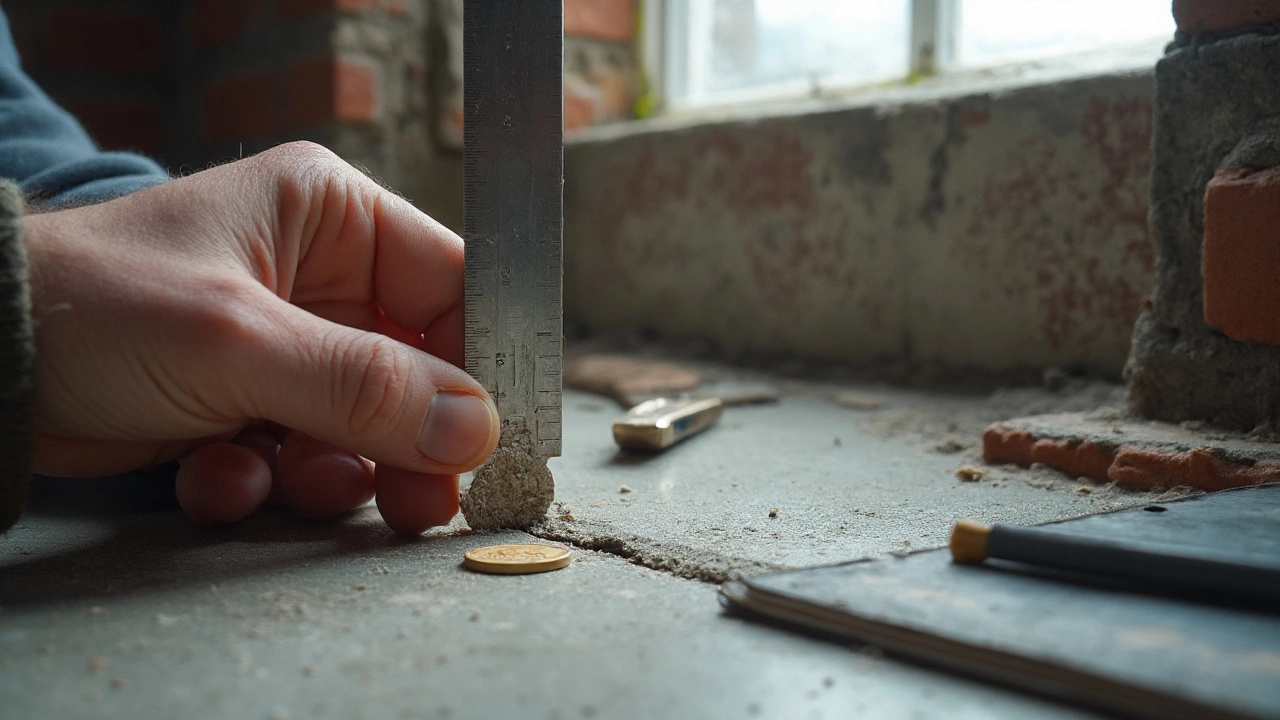September 2025 Archive: Handy Guides for Homeowners and Builders
That September we packed the blog with real‑world advice you can use right now. Whether you’re eyeing a new roof, picking a house material, or worried about a crack in your foundation, we broke the topics down into simple steps. Below you’ll find the main takeaways from each post, plus quick actions you can try today.
Saving Money on Your Roof
Our roof‑negotiation guide starts with the basics: know what drives the price. Look at material type, labour rates, and any extra work like flashing or ventilation. Next, chase at least three quotes and keep them side by side – this gives you a realistic range and shows contractors you’re serious about getting a fair deal. When you call the favourite quote, point out the lower numbers and ask if they can match or beat them. Most will trim non‑essential add‑ons rather than slash the core price. Finally, lock the deal with a written agreement that spells out what’s included, the timeline, and payment milestones. Walk away feeling confident that you didn’t overpay.
Choosing Materials & Spotting Cracks
When it comes to lasting house materials, we compared concrete, brick, timber, and steel for the New Zealand climate. Concrete and brick win on durability, especially in coastal and seismic zones, lasting 80‑100 years with minimal upkeep. Timber feels warm and cheap but needs regular treatment; without it, you’re looking at 30‑40 years before rot becomes a problem. Steel resists rot but can rust if not protected, and it’s pricier. Pick the material that matches your budget, location, and how much maintenance you’re willing to do.
Cracks in foundations and new builds trigger a lot of worry. For foundation cracks, size matters: hairline cracks under 0.3 mm are usually harmless settlement, but anything over 3 mm could indicate movement or water intrusion. Measure the width with a feeler gauge, note the direction, and check if it’s growing over a week. If it’s wider than 5 mm, or you see water staining, call a structural engineer immediately.
New‑build cracks are a bit different. Hairline cracks in plaster or concrete slabs are normal – they show the house is settling. However, stair‑step cracks in walls, especially near doors or windows, often point to structural stress. Look for cracks that are wider than 0.5 mm, running diagonally, or appearing in multiple locations. In those cases, get the builder to assess the framing and the foundation. Most issues can be fixed with proper reinforcement or sealant, but early detection saves money and stress.
All these posts are designed to give you the confidence to ask the right questions and act fast when something looks off. If you need a professional eye, McNeil Plumbing & Construction Services can inspect roofs, assess material choices, and evaluate any cracks you’re unsure about. Our team blends plumbing expertise with construction knowledge, so you get a full picture of your home’s health.
Got a specific problem? Drop us a message and we’ll walk you through the next steps. No jargon, just clear advice and reliable service.




